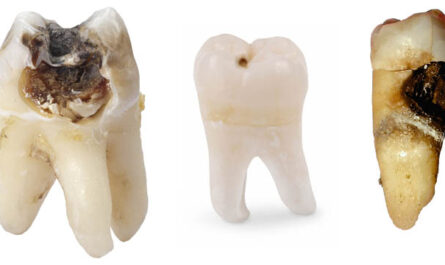Researchers from CÚRAM, the Science Foundation Ireland research center for medical devices at the University of Galway, have made significant progress in understanding why brain implants often lose their functionality after being surgically placed into brain tissue. The study, published in Advanced Science, sheds light on how brain cells sense continuous motion caused by normal bodily functions such as breathing and heartbeat. When hard metallic or plastic devices are implanted into the soft tissue of the brain, these small movements can lead to friction and inflammation, resulting in tissue damage and scarring.
Lead researcher, Dr. Manus Biggs, a CÚRAM Investigator and Associate Professor at the University of Galway, highlighted the discovery of specialized sensors in brain cells that respond to frictional forces, even from basic daily activities. These forces can damage cells adjacent to a brain implant. The research also explored ways to minimize tissue damage and improve the lifespan and long-term functionality of implanted electrical devices. One approach involves coating brain implants with soft gels to reduce friction and slowly release anti-inflammatory drugs.
Additionally, the study examined how brain cells protect themselves from continuous friction by creating a fluid-filled blister around hard brain implants. While this blister protects brain cells, it prevents the neural recording device from operating. This poses a challenge for brain-computer interfaces, which rely on neural signals to control external devices. Scar tissue development around the implant inhibits recording brain signals, rendering the device useless. However, the study’s findings could be vital in developing digital implants that can accurately record brain electrical activity for extended periods of time.
Dr. Alex Trotier, who conducted the principal research for the study and received a Ph.D. from the University of Galway, emphasized the importance of mitigating tissue scarring around implanted recording devices. This is crucial for advancements in brain-computer interfaces, which have the potential to directly translate thoughts into digital signals. The ability to read brain activity for long durations without interference from scar tissue would be a game-changer.
Dr. Biggs expressed optimism regarding future developments in understanding cellular repair mechanisms following brain implantation. With this knowledge, researchers can explore the creation of new devices or drugs that prevent scarring and blistering, paving the way for innovative devices that can connect the mind directly with advanced technologies. The next decade may see the emergence of implants capable of instantaneously transmitting thoughts from one person to another.
Understanding the challenges associated with brain implants and finding solutions is crucial for advancing medical technology and improving the quality of life for individuals with neurological conditions. The research conducted by the CÚRAM team provides valuable insights and opens up possibilities for the development of more effective brain implants in the future.
*Note:
1. Source: Coherent Market Insights, Public sources, Desk research
2. We have leveraged AI tools to mine information and compile it




